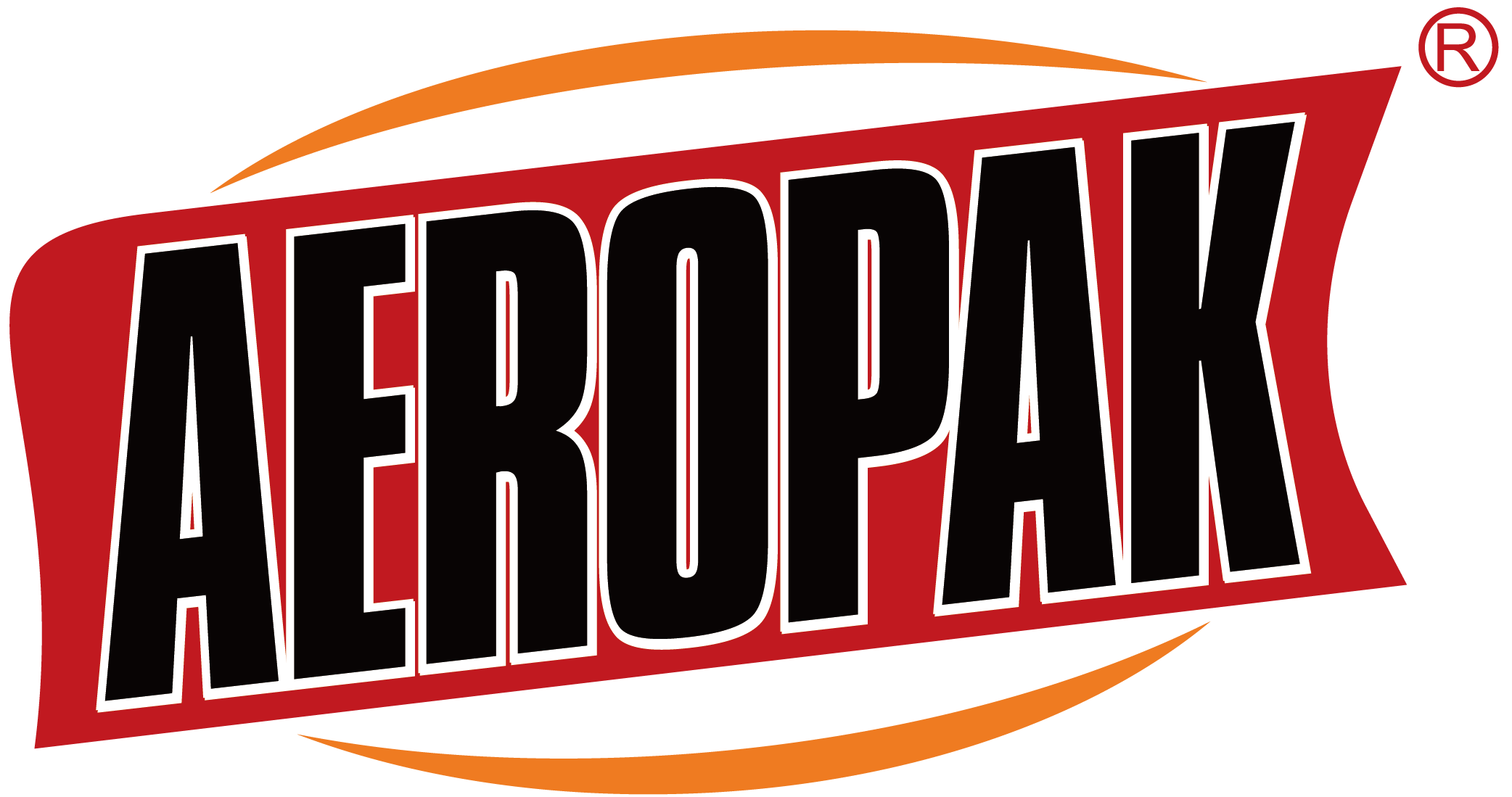Fluorescent Paint: The Science and Applications+ 查看更多
Fluorescent Paint: The Science and Applications
+ 查看更多
date:2025-05-20 18:24
Fluorescent Paint: The Science and Applications
Fluorescent paint produces its signature glow by absorbing invisible ultraviolet (UV) light and re-emitting it as visible light of a specific color. Unlike luminous (glow-in-the-dark) paint, which stores and slowly releases light, fluorescent paint requires an external UV source to shine.
How It Works
- UV light (from sunlight or black lights) excites fluorescent pigments.
- The paint converts this energy into brighter, more intense visible colors.
- Best viewed under black lights (which filter out visible light) or in darkened environments for maximum effect.
Types of Fluorescent Paint
- Visible Fluorescent Paint – Appears bright under normal light and glows intensely under UV. Used in safety gear, posters, and art.
- Invisible Fluorescent Paint – Nearly transparent in daylight but glows under UV, perfect for hidden designs and security markings.
Key Uses
Safety & Visibility – High-visibility vests, emergency exits, hazard markings.
Entertainment & Art – Stage designs, UV murals, festival body paint.
Security & Branding – Anti-counterfeit markings, hidden logos.
Entertainment & Art – Stage designs, UV murals, festival body paint.
Security & Branding – Anti-counterfeit markings, hidden logos.
Fluorescent vs. Luminous Paint
| Feature | Fluorescent Paint | Luminous Paint |
|---|---|---|
| Light Source Needed? | Yes (UV) | No (stores light) |
| Glow Duration | Only under UV | 20-60 min in darkness |
| Best For | High visibility, art | Emergency signs, dark environments |
For vibrant, UV-reactive colors, fluorescent paint (like Aeropak Fluorescent Paint Pink Aerosol Spray) delivers unmatched brightness. Whether for safety, art, or special effects, it’s the go-to choice for eye-catching, radiant designs.
The content comes from the Internet and is compiled by this site.
SHARE:
RECENT ARTICLES
+ 查看更多
About Blog
+ 查看更多
Vestibulum volutpat, lacus a ultrices sagittis, mi neque euismod dui, pulvinar nunc sapien ornare nisl.






